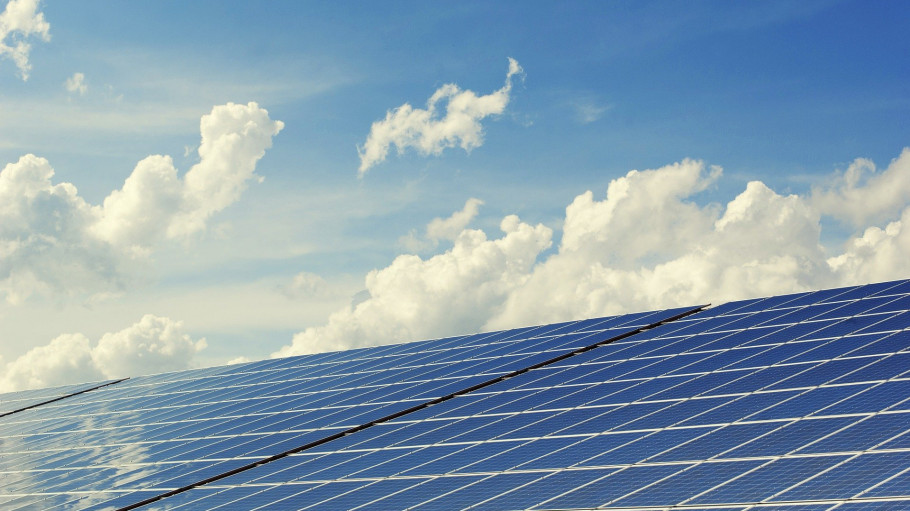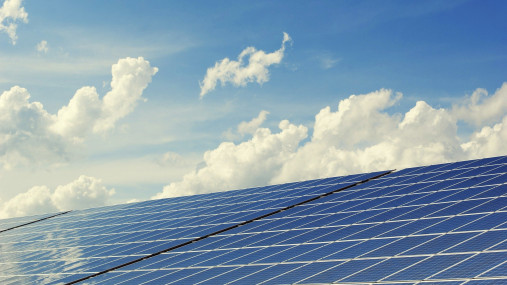
Publications » Position papers » Sustainable finance taxonomy update
Sustainable finance taxonomy update
Downloads and links
Recent updates

EUROFER welcomes the legislative proposal to mobilise investments in the EU in view of achieving the Paris Agreement and Europe’s 2030 & 2050 climate goals. Achieving these goals will require massive transformative investments for development, demonstration and scaling up of new technologies in a relatively short period of time. Therefore, the proposed EU taxonomy should not hinder innovation and the transition of the European steel industry to climate neutral and circular economy. The issue of up-scaling projects to industrial scale needs to be at the center of ongoing policy discussions, including access to finance, awareness of risks and benefits, long-term
predictable policy frameworks, etc.
By 2050, the steel industry hopes to have shifted from high dependence on fossil energy and raw materials to become a low-carbon energy-based sector integrally part of the circular economy. The aim is, by this time, to emit at least 80% less CO2 compared to 1990 levels. Europe will be a leading provider of low-carbon products, services and technologies worldwide - access to investment will
be key to making this successful.

Download this publication or visit associated links
Brussels, 27 November 2024 – The European steel industry is at a critical juncture, facing irreversible decline unless the EU and Member States take immediate action to secure its future and green transition. Despite repeated warnings from the sector, the EU leadership and governments have yet to implement decisive measures to preserve manufacturing and allow green investments across Europe. Recent massive production cuts and closure announcements by European steelmakers show that time has run out. A robust European Steel Action Plan under an EU Clean Industrial Deal cannot wait or manufacturing value chains across Europe will simply vanish, warns the European Steel Association.
Brussels, 12 November 2024 - Ahead of Commissioner-Designate Séjourné’s hearing in the European Parliament, European steel social partners, supported by cross-party MEPs, jointly call for an EU Steel Action Plan to restore steel’s competitiveness, and save its green transition as well as steelworkers’ jobs across Europe.
Brussels, 29 October 2024 – The European steel market faces an increasingly challenging outlook, driven by a combination of low steel demand, a downturn in steel-using sectors, and persistently high import shares. These factors, combined with a weak overall economic forecast, rising geopolitical tensions, and higher energy costs for the EU compared to other major economic regions, are further deepening the downward trend observed in recent quarters. According to EUROFER’s latest Economic and Steel Market Outlook, apparent steel consumption will not recover in 2024 as previously projected (+1.4%) but is instead expected to experience another recession (-1.8%), although milder than in 2023 (-6%). Similarly, the outlook for steel-using sectors’ output has worsened for 2024 (-2.7%, down from -1.6%). Recovery projections for 2025 are also more modest for both apparent consumption (+3.8%) and steel-using sectors’ output (+1.6%). Steel imports share rose to 28% in the second quarter of 2024.